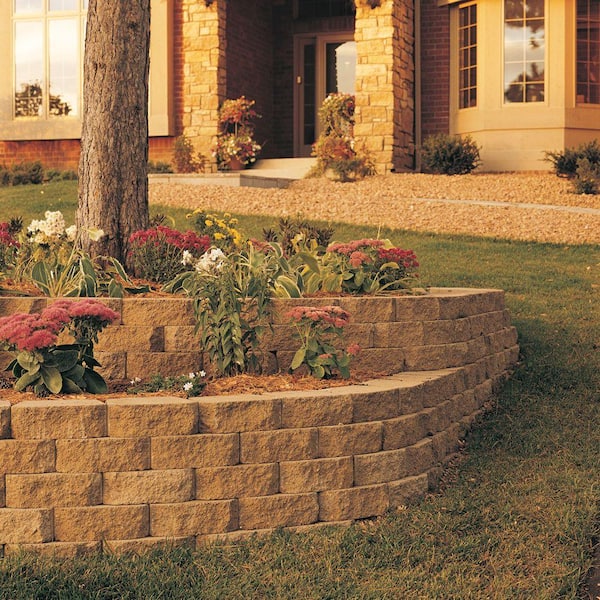In the world of landscaping, creating strong beautiful, durable, and attractive walls for retaining purposes is a major element to be considered. If you’re working on a small gardening project or an enormous project for architecture, the selection of retaining wall blocks could significantly impact both the aesthetics and function of your landscaping. This article will explore the fascinating world of retaining wall blocks, with a focus on concrete retaining blocks as well as larger versions. Learn how these versatile building materials can change your landscape and guarantee durability while adding design.
The Allure of Concrete Retaining Wall Blocks
Concrete retaining walls blocks are a favorite choice in all landscaping projects. The main reason for their popularity is because they are extremely sturdy. These blocks are designed to withstand the test of time, and withstand the elements, and provide structural integrity to the landscape features.

It’s not all about strength. Concrete wall blocks can add visual attraction to the table. You can choose from different styles, colors, and textures to complement the design of your outdoor area. You can pick from a range of concrete retaining walls to fit your personal style, whether you prefer a sleek, modern look or rustic, weathered, rough block.
Expanding to the Big Screen with Large Retaining Wall Blocks
Although standard-sized retaining walls have merits, large retaining wall blocks offer an exclusive set of benefits. They are not just attractive, but they also ease construction because of the lesser amount of work needed for their installation.
The capacity of huge blocks for retaining walls to build stunning, impressive walls that defy gravity is one of their most notable advantages. The large blocks are great for taller wall projects due to their durability and stability. Through the use of fewer blocks, and simplifying the wall, large blocks for retaining walls save time and money.
The art of versatility
Concrete retaining wall blocks are distinctive in their flexibility. Blocks can be installed into a variety of landscape designs. They’re perfect for terraced gardens as well as establishing boundaries around flower beds. These blocks are stackable and can be used to construct walls to meet your needs.
For smaller retaining walls, it is usually sufficient to stack blocks of concrete three layers high. Geo-grids are needed for walls that are higher to ensure soil stability. Concrete wall blocks for retaining can be adapted and used for projects at different dimensions.
Engineered Excellence for Bigger Walls
Engineering becomes essential when dealing with retaining wall blocks which can be as tall as to 10 feet. Large retaining wall blocks are a must when faced with such situations. They are designed to meet the requirements of massive structures, providing the peace of mind that your project will stand the test of time.
The strength and durability of retaining blocks that are large is vital for projects that are ambitious. The size, weight as well as engineering and design of these blocks assure stability. This makes them the ideal choice for large-scale construction projects.
The Choice is Yours
The final decision between conventional-sized concrete wall blocks and their larger counterparts rests on the specific needs of your landscaping project. Standard blocks can be styled and utilized in various ways, but large blocks can provide the strength and strength needed for monumental walls.
The high-quality of the wall blocks regardless of whether it’s larger or standard in size It is a wise investment that will last and enhance your landscaping. These blocks are not only designed to be used for building retaining walls and are also a source of the beauty of your outdoor space.
When you are planning your next landscaping venture, consider the impact that the appropriate blocks for retaining walls can create. If you opt for the classic appeal of concrete walls or the majesty of large retaining blocks, your landscape is sure to get the strength and beauty it deserves. These elements aren’t just beneficial, they’re also the foundation for stunning and enduring outdoor spaces.